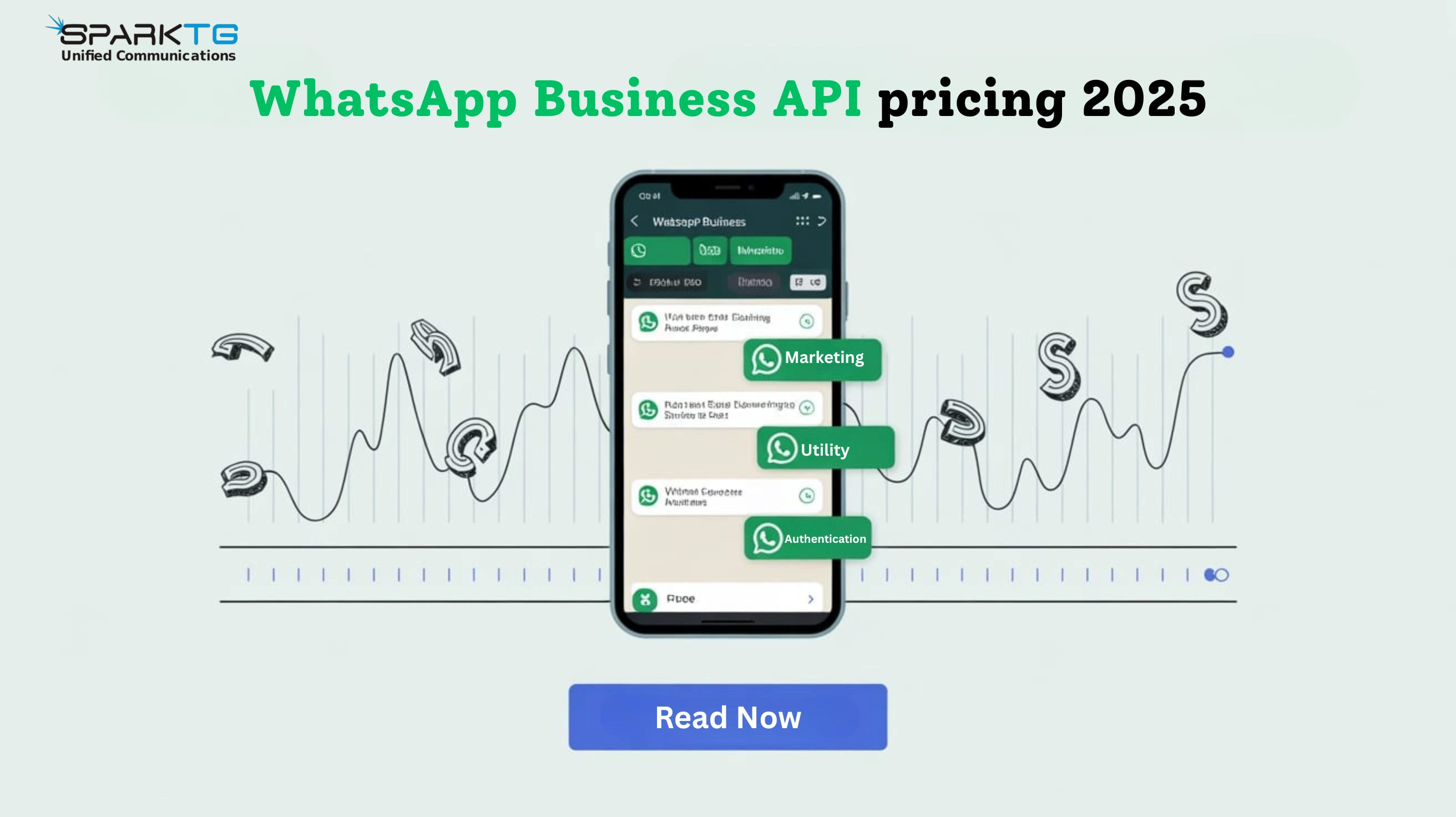
What’s Changing?
WhatsApp is transitioning towards recognising a more consistent and industry-consistent approach to pricing. Below are the key changes starting from July 1, 2025:
- Per-Message Pricing Replaces Per-Conversation : WhatsApp, which will switch to per-message pricing instead of conversation pricing in October 2024, will streamline invoices and make the platform more consistent with broader messaging industry standards.
- Free Utility Messages in Response to User-Initiated Messages :The utility messages used to respond to customer-initiated conversations will be free so that businesses can engage with customers more freely. It enables you to respond more quickly and with greater relevance, without giving higher message volume costs.
-
Utility and Authentication Rates Updated
:WhatsApp will change its utility and authentication message pricing in a number of markets to align it more closely with the prices of other messaging channels. These modifications are intended to keep WhatsApp competitive and in demand.
-
Volume-Based Tiered Pricing
:Utility and authentication messages will be subject to volume tiers as an incentive for the growth of the platform. With greater messaging volume, pricing matures automatically, rewarding businesses that grow with WhatsApp!
-
Fine-tuned Utility Message Definition
:WhatsApp is making it so that its utility message classification is only given to messages that WhatsApp assesses are genuine, non-spam messages. That may lead to the re-classification of some use cases, so businesses should check how they adopt templates.
Why This Matters
All of these changes aim to make company WhatsApp Business more approachable, scalable, and impact-driven for companies of all sizes.
- Simplified billing: Improves the predictability of message costs.
- Savings: Utility responses are free, and discounts are tiered to lower overall spend.
- Increased Visibility: Pay-per-message pricing enables clearer comparisons with other channels.
- More opportunities and ways to meet customers, more flexibility.
Benefits include:
Upcoming Feature Investments
Such days are behind us when telecom infrastructure was required to manage expensive and hardware-heavy processes that resided in the four walls of one office. By 2025, CPaaS is virtually 100 per cent cloud-native, providing the highest degree of flexibility and cost savings while also maximally integrable with CRMs, ERPs and customer support platforms.
- Localised Billing for India in H2 2025, with plans to expand to other regions.
- Serverless Deployments :Devs get a rapid communication workflow iteration without having to manage backend infrastructure.
-
Zero-Tap Authentication:
Simply sign into sites and apps on Android, and coming soon for iOS, without seeing a sign-in prompt. When Meta used it for the first time on Instagram, there was an increase in account recovery rates by 20%.
Meta is also doubling down on new Platform capabilities:
Key Dates to Remember
Effective July 1, 2025: Replaced conversation-based pricing with per-message pricing
- Utility Messages at Minimal Charges.
- Activation of volume tiers for utility plus authentication
- Fewer guidelines enforced on the utility template
-
These types of messages go live for new rates
The Advantages of Omnichannel CPaaS:
Tools to Get You Ready
And to facilitate this transition, Meta will have:
- Updated pricing documentation
- Explainer resources for pricing and category rules
- Starting July 1, a refreshed pricing page for WhatsApp Business
Key Features:
Final Thoughts from SparkTG
This, in our view, is a progressive evolution of the WhatsApp Business Platform and will give businesses better control, scalability, and the potential to deploy and gain maximum ROI around the customer journey.
We advise revising your existing messaging strategy, volume projections and adapting your templates to comply with the new utility definitions.
Have some questions or need help getting ready for these changes? Reach out to the Sparktg team — We are with you every step of the way.
 Get A Call
Get A Call Support
Support Login
Login